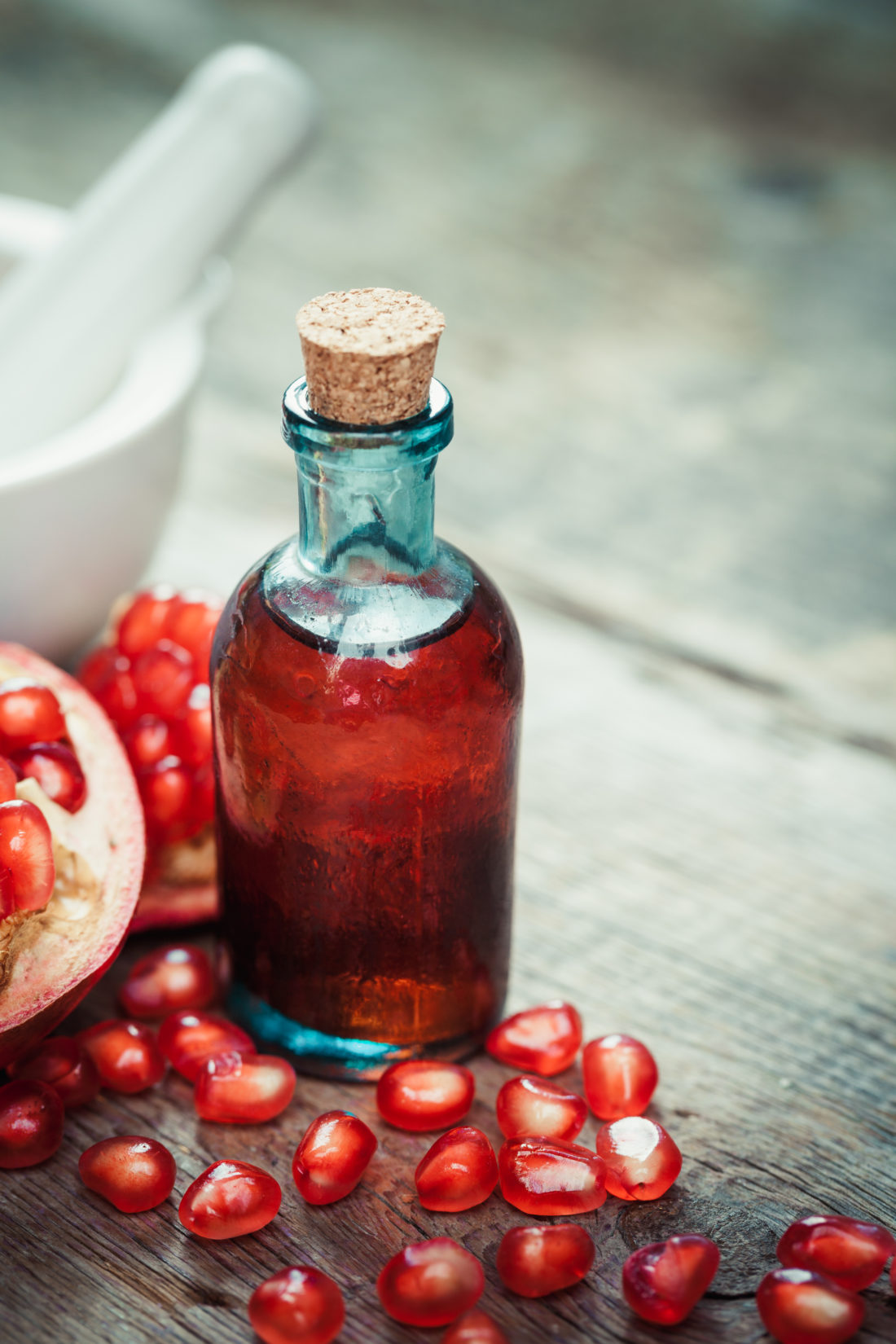Mixing an appealing cocktail is not unlike putting together a meal: It’s all about balance. Harmonious blending and contrasting of the ingredients can result in something that’s pleasing to the senses. And a key component of many cocktails — classic and modern alike — is a sweetening agent.
A sweet substance can contrast nicely with the sharp sting of base alcohols, and it can soften the sourness of citrus juices, resulting in a drink that showcases the best qualities of all its components. But too often this part of the equation is rushed over, and needlessly substandard ingredients are used. Getting it right — and doing it yourself — can be simple, relatively inexpensive and ultimately rewarding.
When done wrong, however, an attempt to sweeten a cocktail can yield dreadful results. Viewed across the arc of history, it wasn’t all that long ago that many bartenders’ guides recommended use of a sugar cube to add sweetness to a liquor drink. First published in 1934, Patrick Gavin Duffy’s The Standard Bartender’s Guide prescribed “a lump of sugar” as an ingredient in (among other drinks) the classic Old Fashioned cocktail. That same publication — even when updated, revised and expanded in the mid-1950s by acclaimed food and beverage authority James A. Beard — featured the use of powdered sugar in many drinks.
David Embury knew better. In his authoritative 1953 guide, The Fine Art of Mixing Drinks, he states plainly, “Sugar does not dissolve well in alcohol.” And he would scarcely have considered powdered sugar in any drink, as it contains cornstarch. (If you do stumble across a vintage recipe calling for the powdered stuff, use superfine sugar instead.)
The ideal solution is making a sugar syrup. Simply warming sugar and water over low heat and stirring a bit will dissolve the sugar, creating a low-cost yet important building block used in countless cocktails. As with most things creative and/or culinary, the recipe varies. Embury suggests a 3-to-1 sugar to water ratio. A 2-to-1 mix is the standard in bars in the United Kingdom and across Europe, while in the United States, a syrup made of equal parts sugar and water is the preferred recipe.
Our own applied research has found that the 2-to-1 recipe, made in a small quantity (say, one cup of sugar to a half cup of water) yields the best results. Moreover, as Jeffrey Morgenthaler emphasizes in his lively do-it-yourself guide The Bar Book, “Stored in the refrigerator, 1:1 hot-process [melted] simple syrup should last one month, while 2:1 simple syrup should last six months.”
The next logical and easy step beyond simple syrups is flavored ones. Catie Conroy, bar manager at The Scarlet Bee in North Asheville, makes her own herb-infused syrups to add to select cocktails. She often “eyeballs” how much of an herb to add to a simmering pot of sugar and water, but she offers a caution. “You don’t want to cook all the good things out of it,” she says.
When it comes to plants or herbs for syrup-making, fresh is generally best. Conroy uses heaps of fresh ginger when making a Demerara sugar-based syrup, for example. But for certain ones — she mentions lemongrass and hibiscus — dried ingredients work better. Even in small quantities, a bold-flavored syrup adds another dimension to a cocktail. “Because if it’s too weak, the liquor is going to overpower the flavor,” she says.
Bright red grenadine is another popular cocktail sweetener. But the commercially available product often contains absolutely no pomegranate juice, the ingredient that gives grenadine its name. Making the delicious syrup at home is simple and not too pricey (see recipe).
For those who prefer a simpler method, bartender Simon Difford (Author of Difford’s Encyclopedia of Cocktails) offers this: “Follow the instructions for sugar syrup … but use one cup of pomegranate juice (Pom Wonderful) in place of the water.”
The creative home bartender need not be limited to sugar or grenadine as the only cocktail sweeteners. Honey (or, better yet, a 2-to-1 honey-water syrup) can add subtle sweetness to cocktails. “I do a turmeric honey [syrup] for our Buzzy Bee cocktail,” Conroy says. Agave syrup pairs exceedingly well in tequila and mezcal-based mixed drinks, and store-bought agave is generally free from unwanted additives. For a delightfully woody spin on a traditional drink, maple syrup works exceedingly well; along with bourbon and grapefruit juice, it’s a key component of the classic Brown Derby.
Orgeat — a staple of most every sophisticated coffee shop — is a thick, almond-flavored syrup that adds interest to select cocktails. But even DIY proponent Morgenthaler cautions against trying to make orgeat at home; just buy a bottle, he advises.
Making syrups for cocktails is fun and easy. And the process is a forgiving one, so Conroy encourages home experimentation. She admits that’s how she has come up with many of her signature concoctions. “I’ve sort of figured it out by trial and error.”




Before you comment
The comments section is here to provide a platform for civil dialogue on the issues we face together as a local community. Xpress is committed to offering this platform for all voices, but when the tone of the discussion gets nasty or strays off topic, we believe many people choose not to participate. Xpress editors are determined to moderate comments to ensure a constructive interchange is maintained. All comments judged not to be in keeping with the spirit of civil discourse will be removed and repeat violators will be banned. See here for our terms of service. Thank you for being part of this effort to promote respectful discussion.